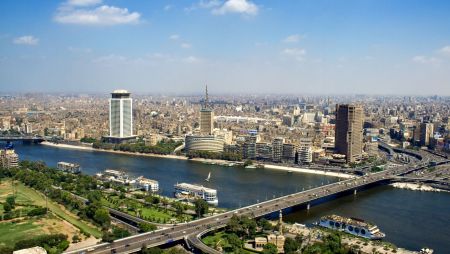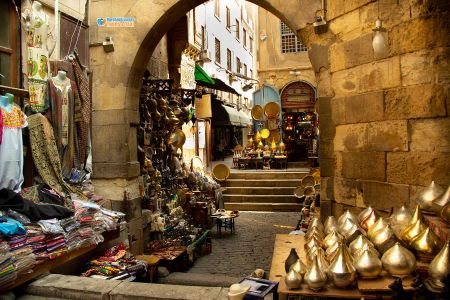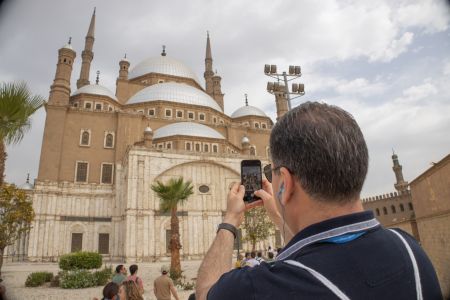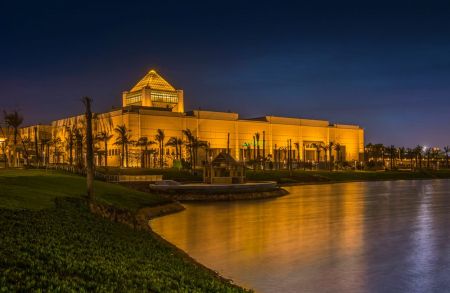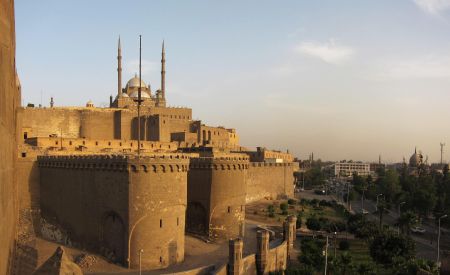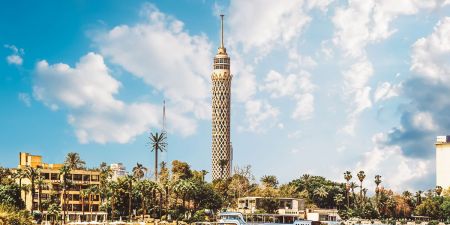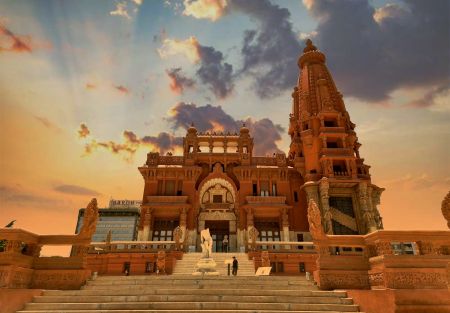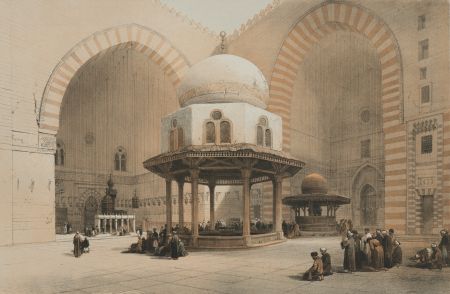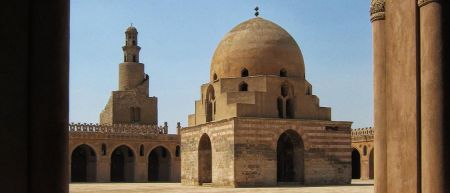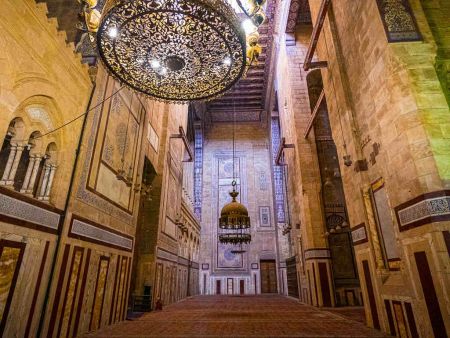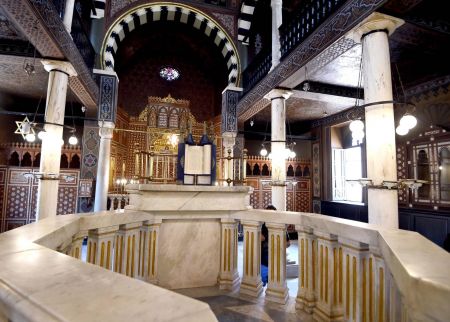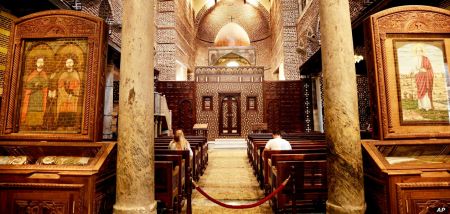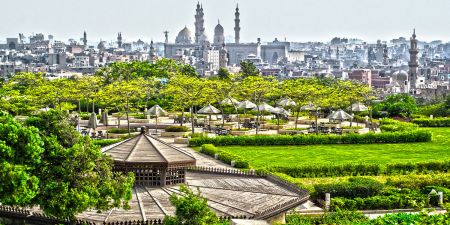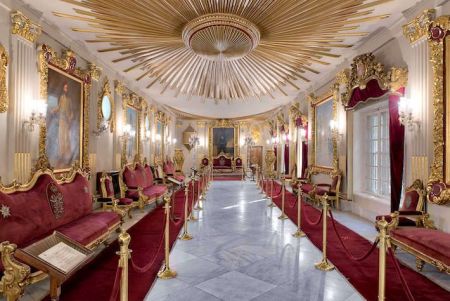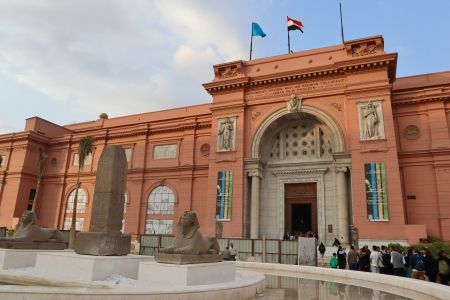Sail the Nile in elegance with a Luxury Dahabiya Nile Cruise — enjoy timeless scenery, personalized service, and the charm of Egypt’s golden age. Book your journey today!
Coptic Cairo: Unveiling the Spiritual Heart of Old Cairo

Coptic Cairo, also known as Old Cairo, is one of the most spiritually rich and historically layered areas in Egypt. Nestled along the eastern bank of The Nile River, this sacred enclave is home to some of the world’s oldest Christian landmarks. It’s where ancient churches, synagogues, mosques, and Roman ruins stand side by side, whispering stories of resilience, faith, and coexistence.
Walking through Coptic Cairo feels like stepping back in time. Narrow cobblestone alleys wind between fortified monasteries and candlelit chapels, leading visitors through centuries of religious history. This district, once part of the Roman fortress of Babylon, is believed to be where the Holy Family—Mary, Joseph, and the infant Jesus—sought refuge during their flight into Egypt. As a result, Coptic Cairo is revered as a holy pilgrimage site, attracting both believers and curious travelers from around the world.
While Cairo is often associated with the Islamic era and ancient pharaonic monuments, Coptic Cairo presents a different narrative—a chapter of early Christianity in Egypt that’s often overlooked yet deeply significant. From the Hanging Church to the Coptic Museum, the district serves as a living chronicle of Egypt’s religious diversity, offering a glimpse into the cultural fabric that shaped the nation.
Historical Overview of Coptic Cairo
The Roman Fortress of Babylon
Coptic Cairo was built around the remains of the Roman fortress of Babylon, a strategic military installation constructed in the 1st century AD. Its high walls and twin towers are still visible today, providing the foundations for several churches built atop the ruins. The fortress marked the southern gateway to ancient Egypt and later became a center for Christian worship.
Christianity in Egypt
Christianity was introduced to Egypt in the 1st century AD by Saint Mark the Evangelist. Over time, Egypt developed its unique Christian identity—Coptic Orthodoxy—which blended ancient Egyptian culture with early Christian teachings. Despite centuries of persecution under Roman rule, the Coptic Church thrived, particularly in areas like Old Cairo, which became a refuge for worship and theological development.
Top Attractions in Coptic Cairo
The Hanging Church (Saint Virgin Mary’s Church)
Perhaps the most famous site in Coptic Cairo, The Hanging Church is an architectural and spiritual gem. Built above the Roman gatehouse towers, it appears to "hang" over the ruins. Dating back to the 3rd century, the church features a stunning wooden ceiling shaped like Noah’s Ark, intricate icons, and a marble pulpit. It has long served as the seat of the Coptic Orthodox Pope.
Church of Saints Sergius and Bacchus (Abu Serga Church)
This ancient church is believed to stand on the site where the Holy Family rested in a crypt during their flight into Egypt. The church, dating to the 4th century, is a place of deep reverence. The crypt is open to visitors and remains a moving experience for many who visit.
Coptic Museum
Home to the world’s largest collection of Coptic artifacts,The Coptic Museum bridges the gap between Egypt’s pharaonic past and Christian heritage. Manuscripts, textiles, wood carvings, icons, and stonework tell the story of how Christianity developed in Egypt under both Roman and Islamic rule.
Ben Ezra Synagogue
Legend says the synagogue was built on the site where baby Moses was found in the Nile. Although reconstructed in the 19th century, it remains one of Cairo’s oldest synagogues and a testament to Egypt’s once-thriving Jewish community. It’s a vital stop for understanding Cairo’s religious mosaic.
The Church of Saint Barbara
One of the oldest churches in the city, it dates back to the 5th century and contains relics of Saint Barbara. The church is known for its elegant basilica structure, fine woodwork, and quiet, contemplative atmosphere.
The Church of Saint George
This Greek Orthodox church, not to be confused with the Coptic Saint George Church in Heliopolis, is partially carved into the Roman towers. It holds great importance for the Greek community in Cairo and showcases beautiful iconography and stained glass.
Religious Significance and Pilgrimage
The Holy Family’s Journey Through Egypt
Coptic Cairo is an integral part of the route taken by the Holy Family during their time in Egypt. The area’s churches and chapels serve as spiritual landmarks for pilgrims tracing their path. These sites hold deep religious value and are often visited by both Egyptian Christians and international visitors seeking a spiritual connection.
A Center of Coptic Identity
Coptic Cairo is not just a historical site—it’s a living community. It remains an active center of Coptic religious life with regular services, processions, and festivals. It’s a hub of pride and preservation for Egypt’s Christian minority, who trace their identity back to these ancient roots.
Cultural and Architectural Legacy
Coptic Art and Iconography
The art inside Coptic churches is distinctive. Flat, stylized icons with large eyes and symbolic color schemes reflect a unique spiritual language. Coptic crosses, domes, arches, and wooden screens blend early Christian and pharaonic motifs, creating a uniquely Egyptian Christian art style.
Coexistence of Faiths
Within just a few hundred meters, Coptic Cairo hosts churches, mosques, and synagogues—a rare and beautiful convergence of the three Abrahamic faiths. This spatial proximity reflects a long, complex history of coexistence, dialogue, and sometimes conflict, making the district a mirror of Egypt’s broader religious history.
Getting There and Visitor Tips
How to Reach Coptic Cairo
-
By Metro: Take the Cairo Metro to Mar Girgis station, which drops you directly at the heart of Coptic Cairo.
-
By Taxi or Ride App: Easily accessible from downtown Cairo or Giza within 20–30 minutes.
Best Time to Visit
Visit early in the morning to avoid crowds and the midday heat. Weekdays are quieter than weekends, especially during religious holidays when locals flock to the area for mass and celebrations.
Visitor Amenities
-
Entrance is usually free for churches but check for museum ticket prices.
-
Modest dress is recommended due to the religious nature of the sites.
-
Guided tours are available and highly recommended for deeper context.
-
Photography is permitted in most areas but restricted in some interiors.
FAQs About Coptic Cairo
What is the difference between Coptic Cairo and Islamic Cairo?
Coptic Cairo focuses on Egypt’s Christian heritage and contains churches and monasteries. Islamic Cairo showcases mosques, Islamic architecture, and medieval bazaars. Both are part of Old Cairo but represent different eras and faiths.
Is Coptic Cairo safe to visit?
Yes, it is considered one of the safest and most secure areas in Cairo, especially for tourists. Police presence is high due to its religious significance.
Are services still held in the churches?
Yes, most churches in Coptic Cairo are active places of worship and hold regular liturgies and feast day celebrations.
Can non-Christians visit Coptic Cairo?
Absolutely. The area is open to all visitors regardless of religious background. Respectful behavior and modest dress are encouraged.
How long does it take to tour Coptic Cairo?
A comprehensive visit typically takes 2–4 hours, though history lovers may wish to spend longer exploring the churches and museums in depth.


